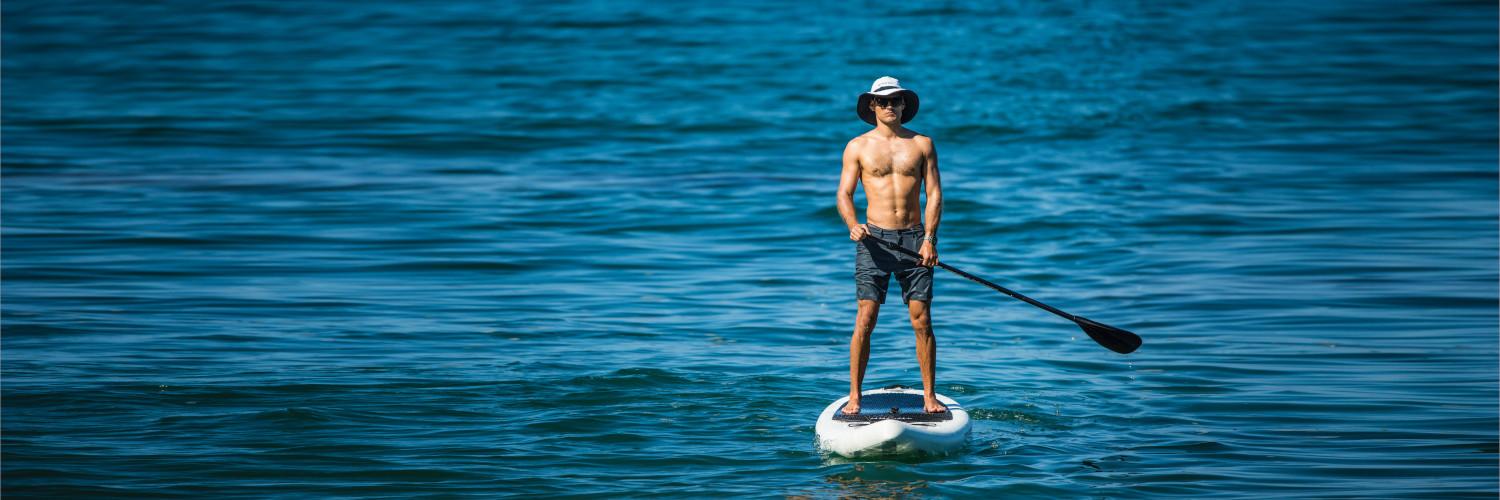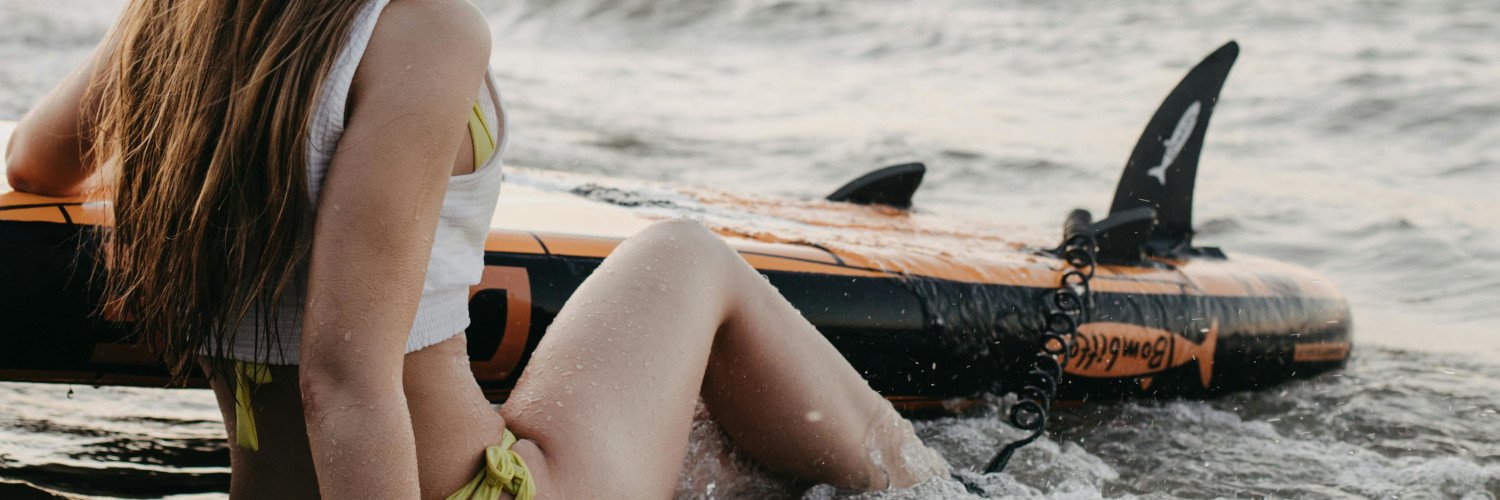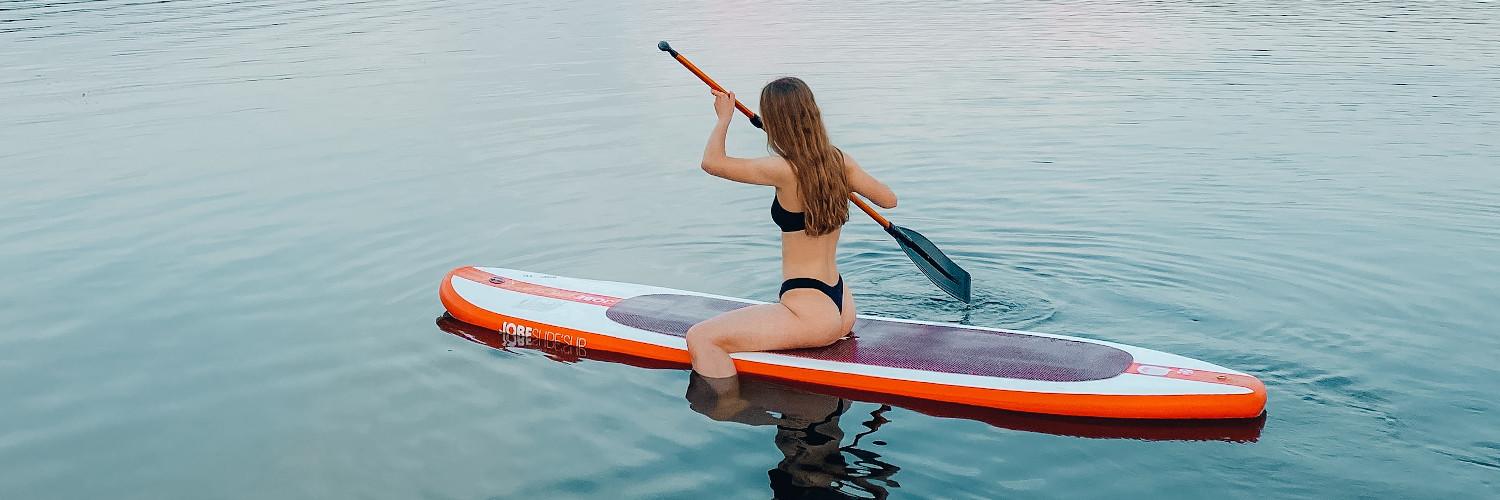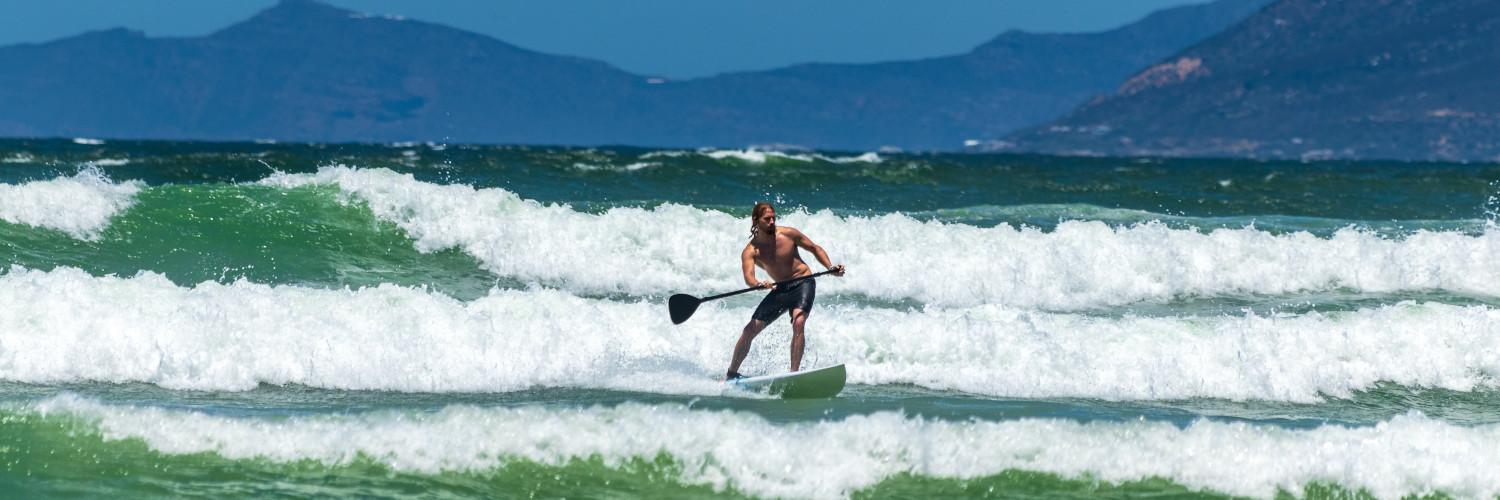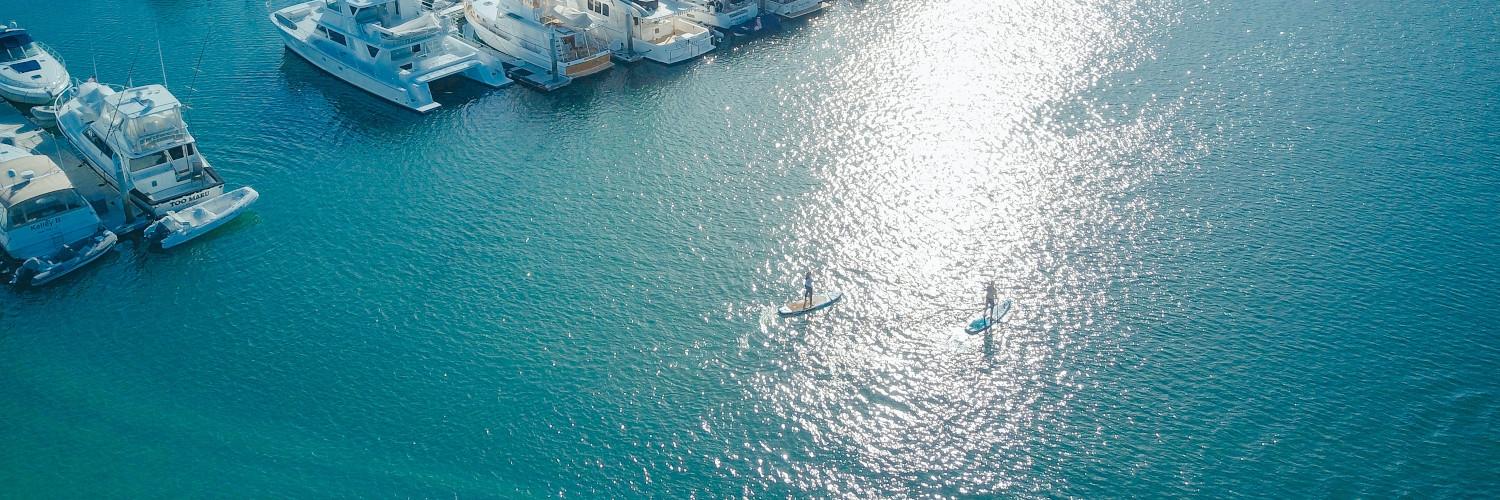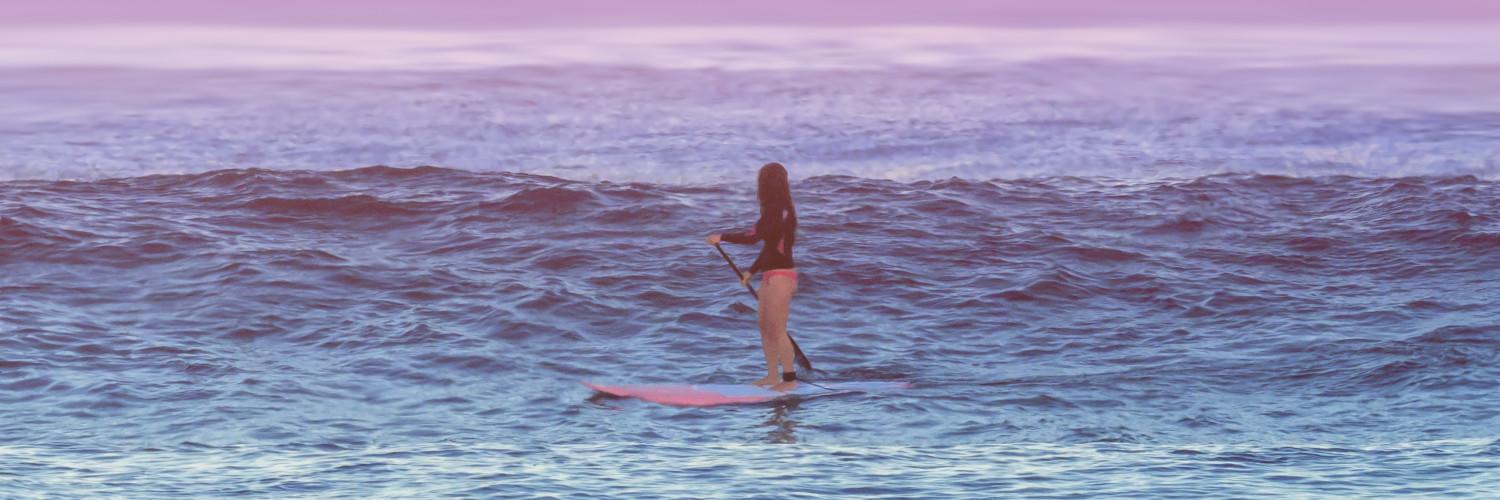SUP boarding is a complete body workout and nearly all the muscles are involved. It provides a double whammy of strength and cardio training. It is extremely light on the body and you won’t need extensive workouts in the gym. It is very interesting to know how few activities provide such an extensive of exercise that range from upper body to legs and core strength building. After knowing its benefits, many of you would be skipping gyms and looking for the nearest lake along with your board. It is low impact and relaxing and at the same time immerses you in the nature as well.
If you want to get your body in perfect shape without any high intensity exercise, SUP boarding is your solution. It is also easy to master compared to a few other sports such as skiing and less daunting than something like surfing. Surrounded by the beauty of the open atmosphere, you can ease yourself into the exercise. We feel muscle soreness after a good workout at the gym and it’s good to know exactly which muscles are involved in the workout.
List of muscles involved in SUP boarding;
- Lungs(muscles of diaphragm)
- Heart
- Quadriceps
- Hamstring muscle
- Rhomboid
- Lats
- Traps
- Triceps
- Biceps
- Rotator cuffs
- Abs
SUP boarding uses all kind of muscles, large and small. When you are standing up on your paddle board, the muscles of the shoulder, arm, back, and abdominal muscles are involved. When you start paddling in the kneeling position, your back, abs, shoulders, and arm muscles workout. When you are lying down on the board, your triceps and biceps do the majority of the work, with the aid of your shoulders.
The breakdown of the work performed by various muscles is as follows;
Feet
Our feet contains over 100 muscles and you might experience cramps when you first start standing on SUP. This might be because of the usage of tiny muscles that are rarely used before. The workout your feet will get depends directly on the body of water in which you paddle as the rougher water of the sea requires your feet to grip the board more tightly.
Legs
A range of muscles in the legs are involved for sustaining posture and balance. A variety of muscles including the lower calf, upper calf, abductors, hamstrings, quads and your glutes are involved as you paddle and bend your knees for each power stroke. Maintaining balance is key when you paddleboard. Your hamstrings and quadriceps are just as involved for letting you stand and they do so much more:
Hamstrings
They are the series of posterior muscles in the thigh. They run from your knee to the hip and there are three of them in total; the biceps femoris, semitendinosus, and the semimembranosus. They are responsible for the movement of your knee joints and hip joints.
Quadriceps
They are extensively used when standing and paddling your paddleboard. They are located in front of your legs and there are four in number. These are the rectus femoris, the vastus intermedius, vastus medialis, and vastus lateralis. The front leg muscles work with the back leg muscles to bend the knee better. They get used in activities like balancing, squatting, jumping, running and walking.
Back
SUP boarding means pulling your entire body across the surface of the water. You need to use your Latissimus Dosri(lats) and core along with your arms to pull your body to paddle. Your back lets you stay upright and straight which is important for your balance. The back muscles, particularly the rhomboid muscles, are activated while balancing and they connect to spine.
Core
You need a strong core while standing and the main muscles in the core are the abdominal muscles or abs. The obliques, which are on both sides of the abdominals, are triggered when the body turns slightly for power strokes.
Shoulders
The rotator cuff in the shoulders accounts for stability and also keeps the humerus and glenoid cavity in place, so your shoulder joint works properly. Your shoulders don’t drive the force of your strokes, they allow the upper half of your body to move and pivot according to the requirement. You get a great shoulder workout when stand up paddle boarding as you have to pull, dip, and lift constantly.
Arms
The most important muscle in paddle boarding are your arms. The triceps are located in the back of your upper arms and they, along with the biceps, are the main drivers. Biceps are located in front of your upper arms and connect your elbow and shoulder. With the help of these muscles, you move forward and backward while stand up paddle boarding.
